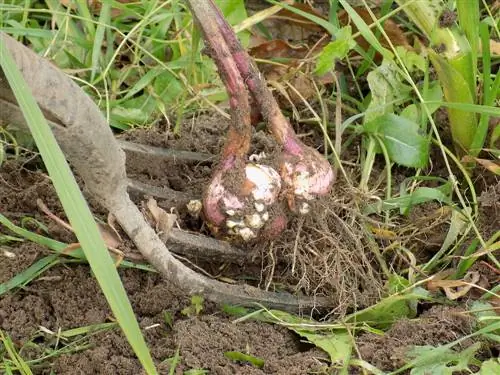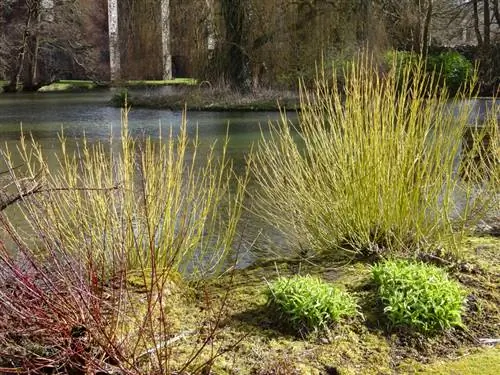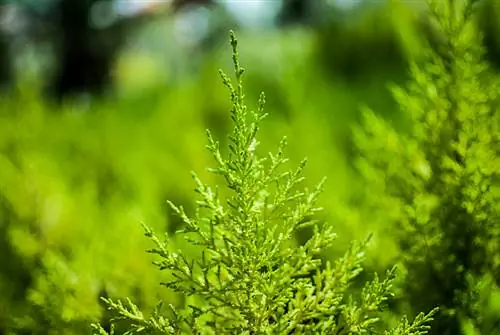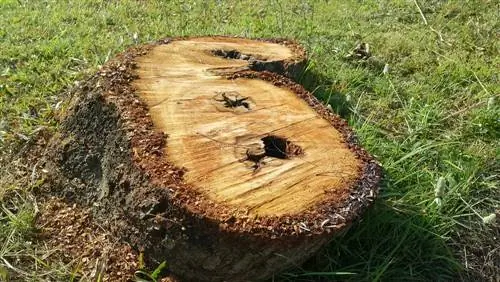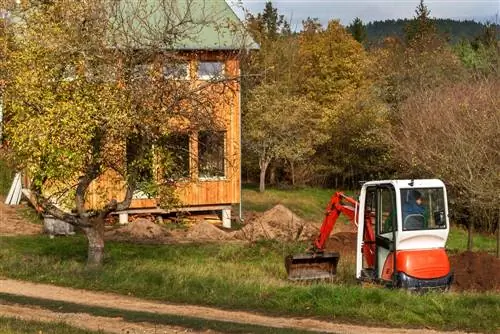- Author admin [email protected].
- Public 2023-12-16 16:46.
- Last modified 2025-01-23 11:22.
If the garden needs to be redesigned, the ornamental onion is growing too densely or another, more suitable spot has simply opened up, the question arises as to whether ornamental onion can be transplanted and what needs to be taken into account. With a few little tips, moving the Allium is easy.

When and how should you transplant ornamental garlic?
Ornamental onions can be transplanted after the flowering period, ideally from July or August. To do this, the flowers should be cut back, the plant carefully dug up and planted in the new location with a drainage layer. After transplanting, water lightly and fertilize if necessary.
Why do you need to transplant ornamental garlic?
The most common reason for relocation is probably that the allium plantsare growing too densely Given the right conditions, they reproduce very diligently. Over time, ornamental onions form a large number of daughter bulbs that sprout again. It is also not uncommon for ornamental onions to sow themselves if the flowers are not cut off. Another reason that requires transplanting may be the redesign of the garden, after which the current location is no longer suitable for ornamental onions. Even if the plant is not doing well, you can try to see if it will recover in a better location.
When is the best time to transplant ornamental garlic?
The ideal time for moving ornamental garlic isafter the flowering period If the flowers have faded from July or August, depending on the variety, the plant has enough time until the next season to recover from the stress of moving and adapt to the conditions of the new location. You can still transplant alliums in early autumn, but as with planting new onions, you should make sure that there is still enough time until the first frost. This allows the plants to take root well.
Can ornamental garlic be transplanted in spring?
You can also transplant ornamental garlicin spring. However, special caution is required here, as too much stress can prevent the plant from producing flowers.
How do you transplant ornamental onions?
- If you transplant alliums in autumn: cut back the flowers and, if necessary, the leaves.
- Use a spade to dig up as much soil as possible around the plant.
- Make sure that as few roots as possible are damaged.
- Dig a sufficiently large planting hole at the new location.
- Cover the bottom of the planting hole with a drainage layer, for example gravel (€16.00 on Amazon).
- Place the plant and the excavated soil carefully into the planting hole and press it carefully.
Tip
Caring for ornamental onions after transplanting
Water the plant lightly after transplanting. In spring it is also recommended to give some fertilizer.

